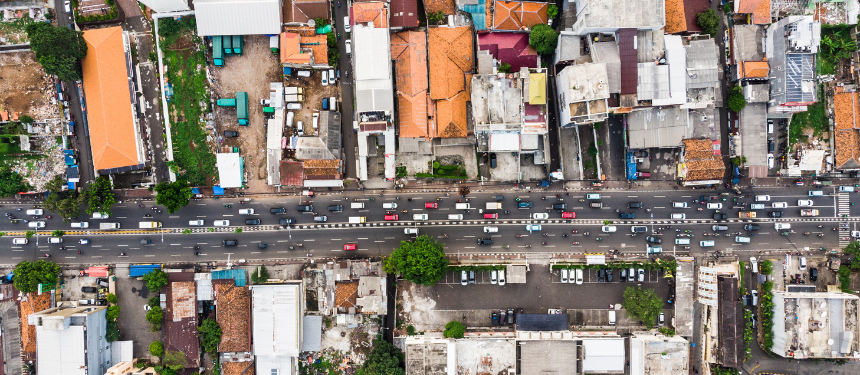What’s happening: Unrest in Indonesia

Significant unrest has been reported throughout Indonesia over the past week.
The protests began in Jakarta on 25 August and were triggered by members of the House of Representatives (DPR) receiving generous monthly housing stipends in addition to their salaries. Other grievances centred around employment, tax rates, inequality, corruption and the cost-of-living have also been important drivers of the protest activity.
Unrest risks rapidly deteriorated from 28 August following accusations of police brutality. Videos surfaced of an armoured police vehicle running over a motorcycle delivery driver outside the DPR in Jakarta. The incident accelerated the protest movement and catalysed widespread unrest, resulting in at least ten fatalities as of 4 September. The scale and intensity of countrywide anti-government protests have decreased in recent days, though further protests are planned.
The reaction from President Prabowo Subianto has been mixed. The president ordered the National Police and the National Armed Forces (TNI) to take firm action against the protesters. However, the president also appealed for calm on 31 August and pledged to cut lawmaker benefits, including the monthly housing stipend. The authorities fired a police officer on 3 September, alleging they were involved in the death of the motorcycle taxi driver on 28 August. Subianto visited Beijing on 3 September to attend China’s Victory Day parade, overturning his original decision to cancel the trip.
Risk outlook: Unrest eases but tensions remain
The worst of the unrest has likely passed but political tensions remain significantly elevated.
Subianto’s visit to China, overturning the original decision to cancel the trip, likely reflected the government’s belief that the situation had stabilised. Subianto's approach to quelling the protests has involved a combination of heavy-handed police tactics and concessions to placate the protesters. The unrest represented the most notable test for Subianto’s administration since taking office less than a year ago.
While the situation is volatile and the government is unlikely to meet all protesters’ demands, the security trend is likely to remain stable in the near term. Daily protests are highly likely to take place and cause localised disruption, given many of the protesters’ grievances remain active. Violent protests are expected to occur less regularly amid ongoing dialogue between the government and protest groups, and attendance is likely to gradually diminish after the weekend.
Risk mitigation: Practical steps for managing exposure
- Identify flashpoint locations and be prepared to bypass these areas at short notice in the event of further protest activity. Flashpoint locations include the DPR in Jakarta, local government buildings, governors’ offices, politicians’ residences and police stations, including the headquarters of the elite Mobile Brigade Corp (Brimob) paramilitary police unit. University campuses also represent flashpoints, demonstrated by reported unrest at two universities in Bandung on 2 September.
- Check the status of routes prior to departure and adjust journey management plans if unrest is reported.
- Closely monitor developments for signs of further escalation, such as reports of the use of live ammunition by the security forces.
- Consider adapting business continuity plans in line with your organisation’s risk tolerance. Work-from-home directives were commonly enacted in the past week.
Clients can configure Healix Sentinel to receive our rolling situation reports. Contact Healix GSOC for more information.


